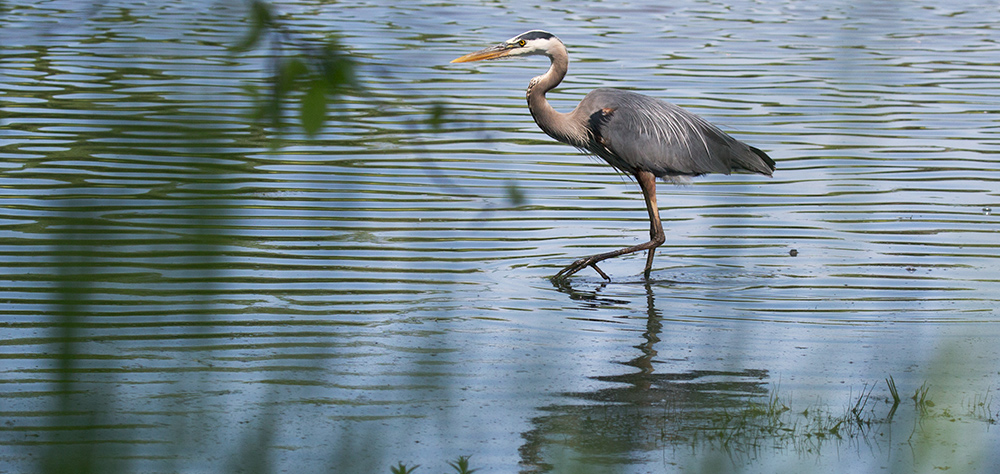
Milwaukee County Parks System is designated an “Important Bird Area”
July 29, 2019 | Topics: Events, Spotlight
Its 15,000 acres, which make up 75% of the remaining green space in Milwaukee County, host over 250 bird species annually
In a ceremony that featured a live raptor show by the Schlitz Audubon Nature Center on July 25, the Milwaukee County Parks System was officially designated an “Important Bird Area.” This represents another feather in the award-winning parks system’s cap: its 15,000 acres are being recognized for their “immense” value to migratory birds.
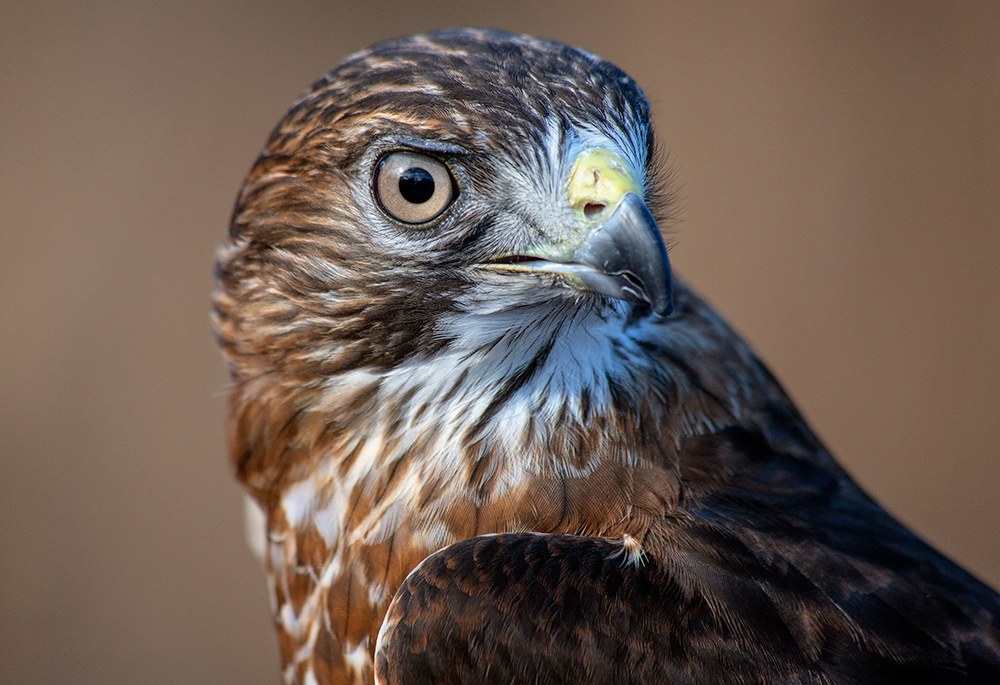
Officials from the Wisconsin Bird Conservation Initiative, a collaboration of more than 180 groups working to conserve native Wisconsin birds, were on hand to confer the designation in a ceremony at Lake Park. The event included a live raptor show featuring Lindsay Obermeier, Schlitz Audubon Nature Center’s raptor program director, and Nicco, a broad-winged hawk and Tskili, a great horned owl.
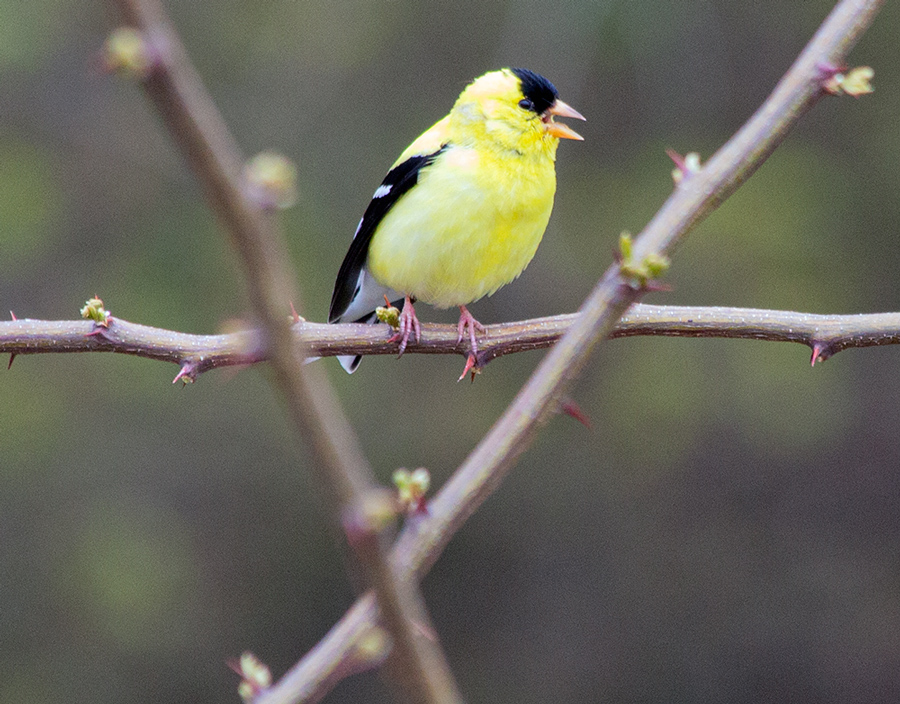
The site is a fitting venue because 265 species of birds have been documented using Lake Park during their annual migration. The event also coincided with the arrival of hundreds of birders from across the nation who flocked to Milwaukee to attend the National Audubon Society annual conference July 26-29.

“We’re delighted to designate the Milwaukee County Park System as an Important Bird Area with so many bird lovers coming to Milwaukee to enjoy field trips, education, and conservation,” says Craig Thompson, a Department of Natural Resources section chief and bird expert leading DNR involvement in the collaboration.
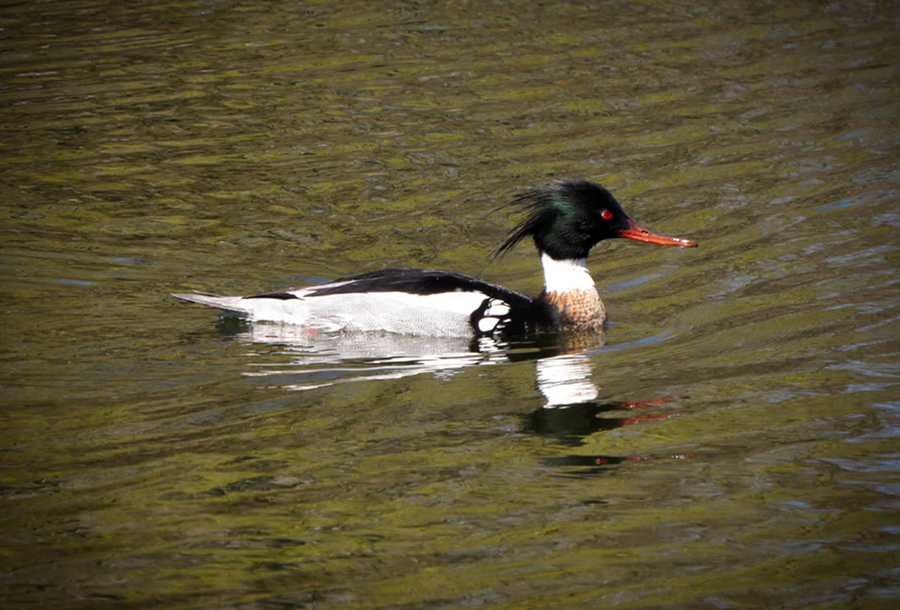
“It’s nothing short of remarkable that Wisconsin’s most populous county still has high-quality habitat for a variety of birds, and that speaks volumes about the Milwaukee County Park System and their commitment to bird conservation. This designation is good for the birds and the citizens of Milwaukee County.”
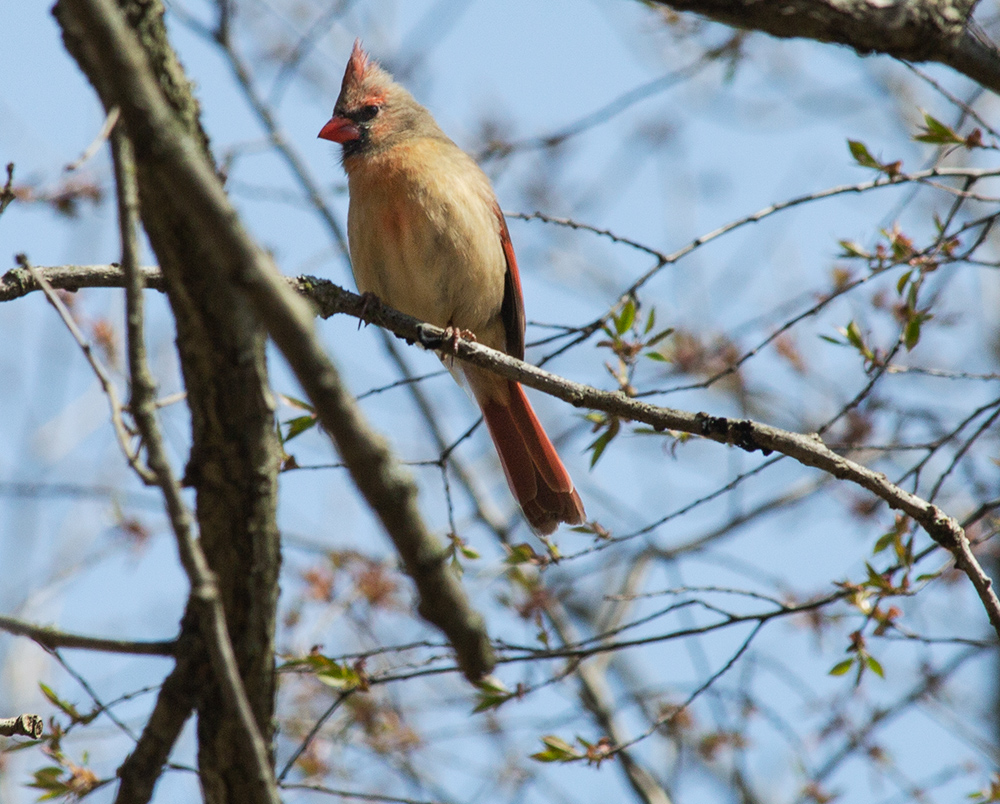
“The value of these 15,000 acres to migrating birds is immense,” says Karen Etter Hale, WBCI chair and Wisconsin Audubon Council’s community relations director. “Seventy-five percent of the remaining green space in Milwaukee is found within Milwaukee County Parks.”
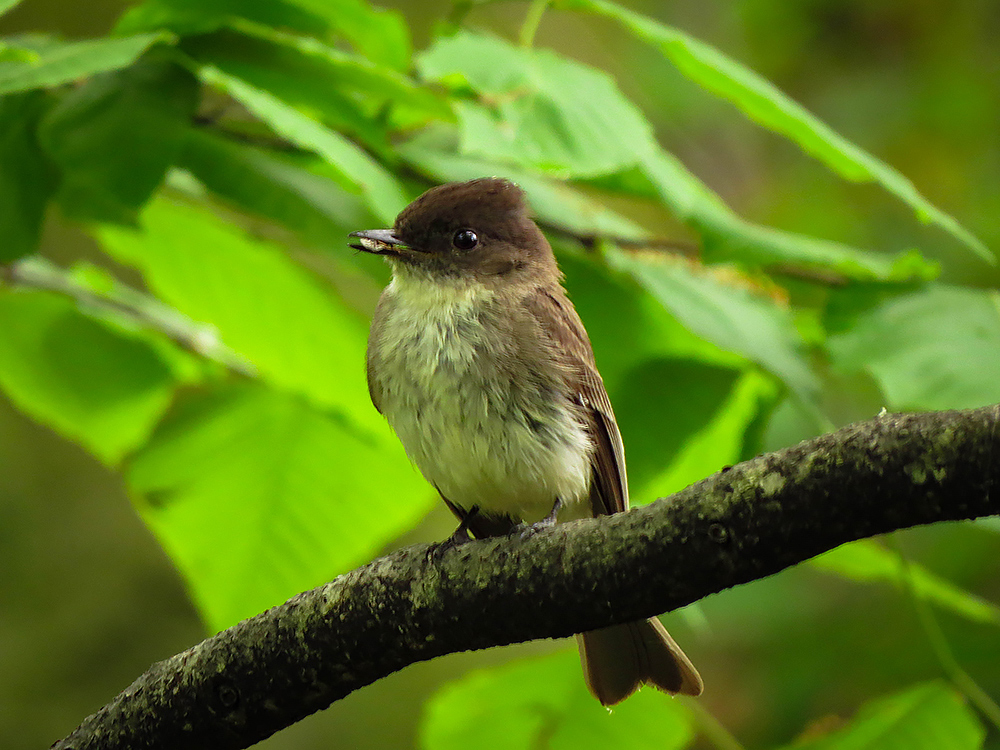
Fifty-seven bird species listed in DNR’s Wildlife Action Plan as Species of Greatest Conservation Need because of low or declining populations have been found using the natural areas within the Milwaukee County Park System.

Other factors helping land the Important Bird Area designation for the park system are its active natural areas management program, its “rigorous, long-term bird monitoring program, and its engaging accessible bird education programs” that each year reach up to 4,000 people, Etter Hale says.
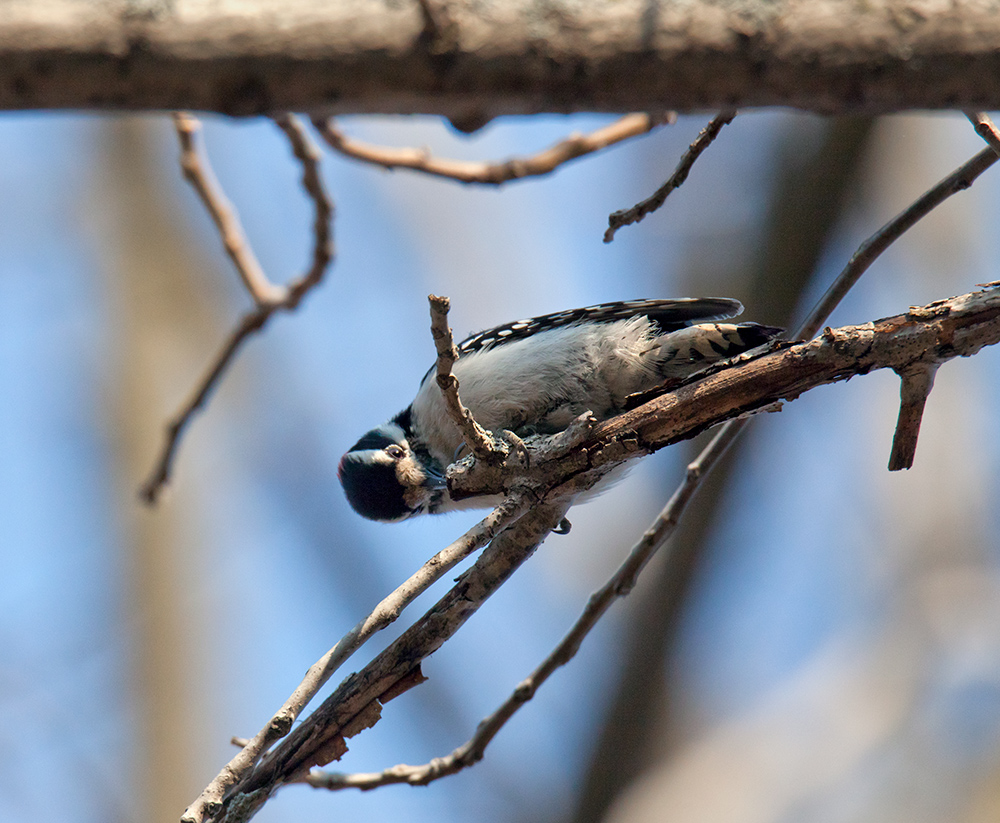
Brian Russart, Milwaukee County Parks System Natural Areas Coordinator, said the designation is very significant for the parks system, and beyond that, for urban natural areas across Wisconsin.
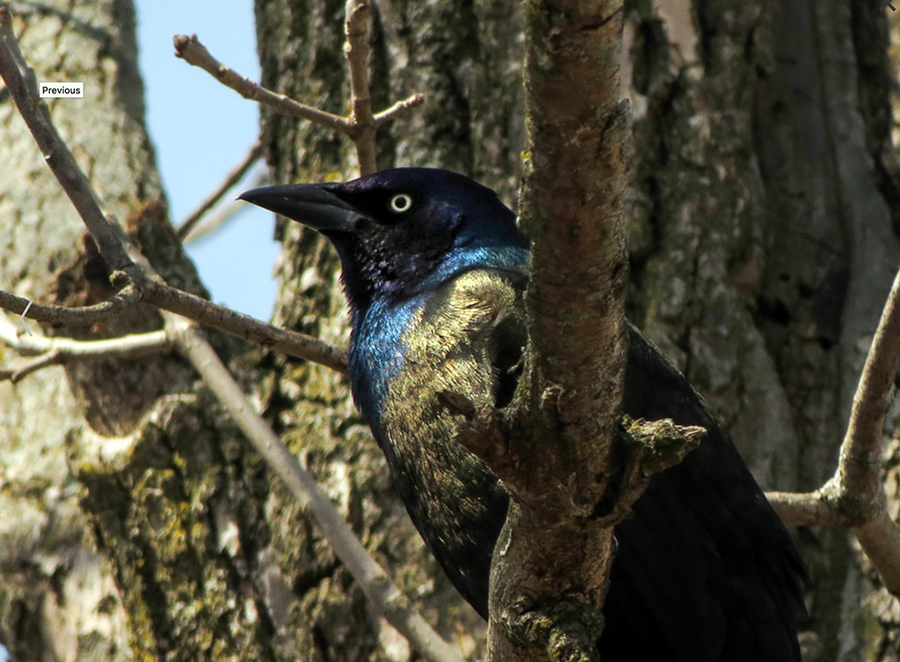
“We are certainly honored to be designated an Important Bird Area. Too often urban natural areas are not perceived as being essential for wildlife conservation; however, if they are protected and properly managed these urban natural areas can maintain surprisingly diverse bird populations.
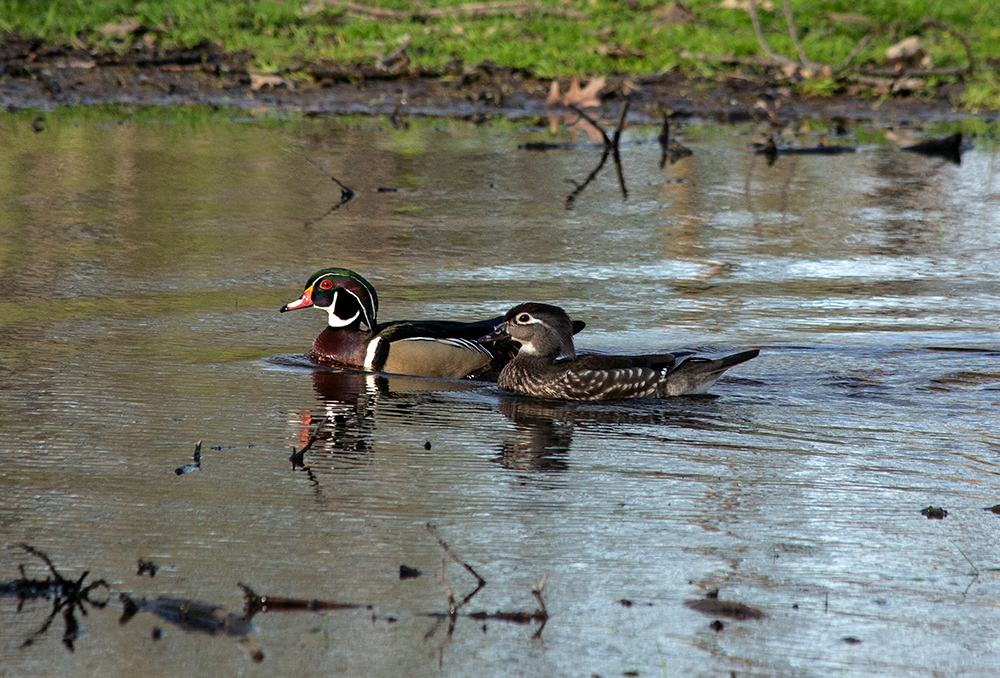
“The Milwaukee County Parks System’s location within a major bird migration corridor allows us to play a small, yet important role, in the larger international bird conservation efforts and Parks takes that stewardship responsibility very seriously.”

Russart, who serves as WBCI’s vice chair, nominated the park system for consideration as an Important Bird Area. The application was evaluated by a WBCI technical committee of ornithological experts including Thompson, Matt Reetz of Madison Audubon Society, Bill Mueller, director of the Western Great Lakes Bird & Bat Observatory, Michael John Jaeger of the Wisconsin Society for Ornithology, Stephanie Beilke of the National Audubon Society, and Ryan Brady, a DNR conservation biologist who serves as the bird monitoring coordinator for WBCI.
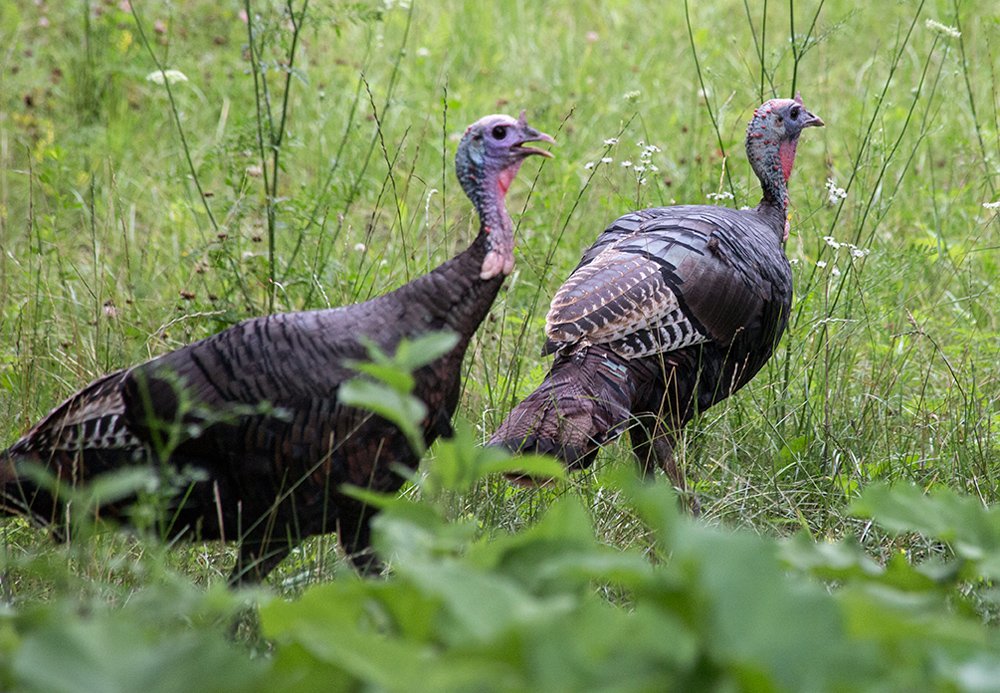
With its Important Bird Area designation, the park system joins 92 sites in Wisconsin, 2,832 in the U.S. and 12,000 worldwide as Important Bird Areas. The IBA program was launched by Birdlife International in 1985 to identify, protect and monitor sites essential to the conservation of bird populations globally, Thompson says.
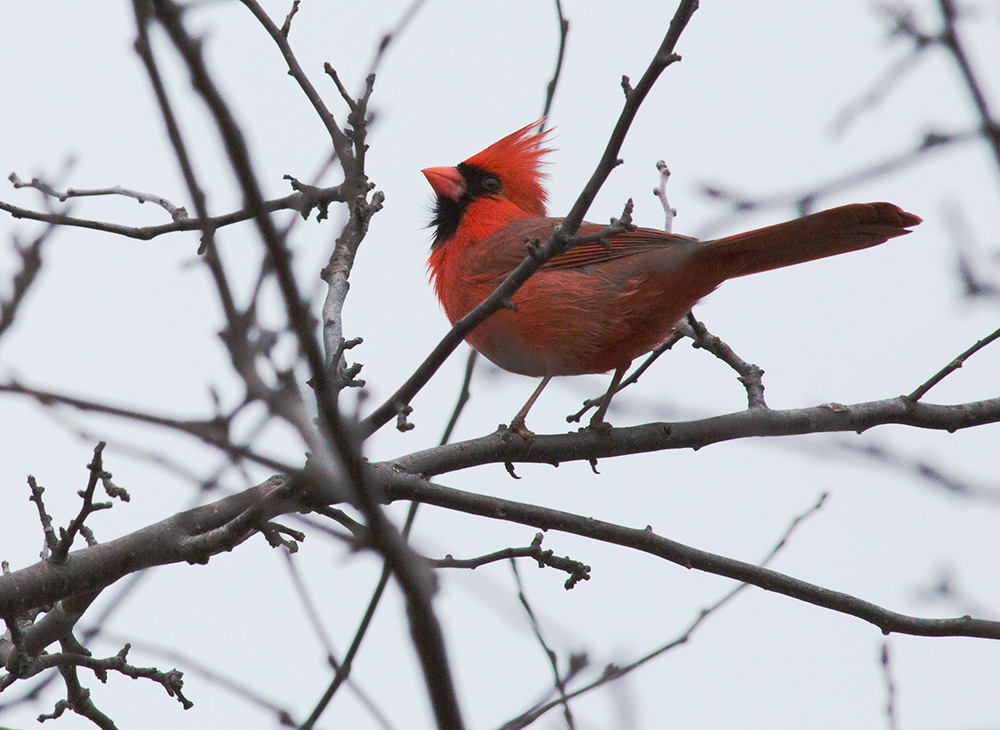
The designation is voluntary and conveys no legal status or regulatory requirements but highlights the importance of the Milwaukee County Parks System for bird conservation and will catalyze using IBAs as a springboard to advance active site conservation at Wisconsin’s other Important Bird Areas, according to Thomson.
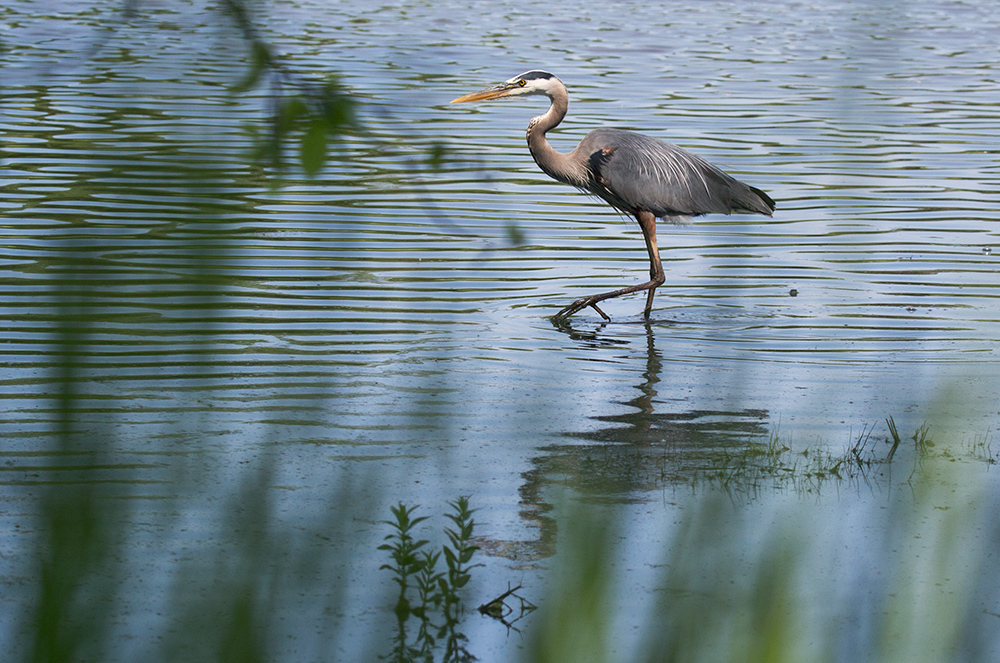
The Wisconsin Bird Conservation Initiative’s five-year strategic plan, issued in 2018, places a new emphasis on putting Wisconsin’s 93 IBA designations to work for bird conservation. These include activities ranging from developing tools to further assess the existing condition of sites, to collaborating to enhance habitat on the site, to fostering efforts to identify and seek partner funding to improve sites, to identifying threats to IBAs and helping coalesce and catalyze partner efforts to reduce or eliminate those threats.
This story is adapted from a press release issued July 23, 2019.
Photographs are by Eddee Daniel, Preserve Our Parks board member, except as noted.

